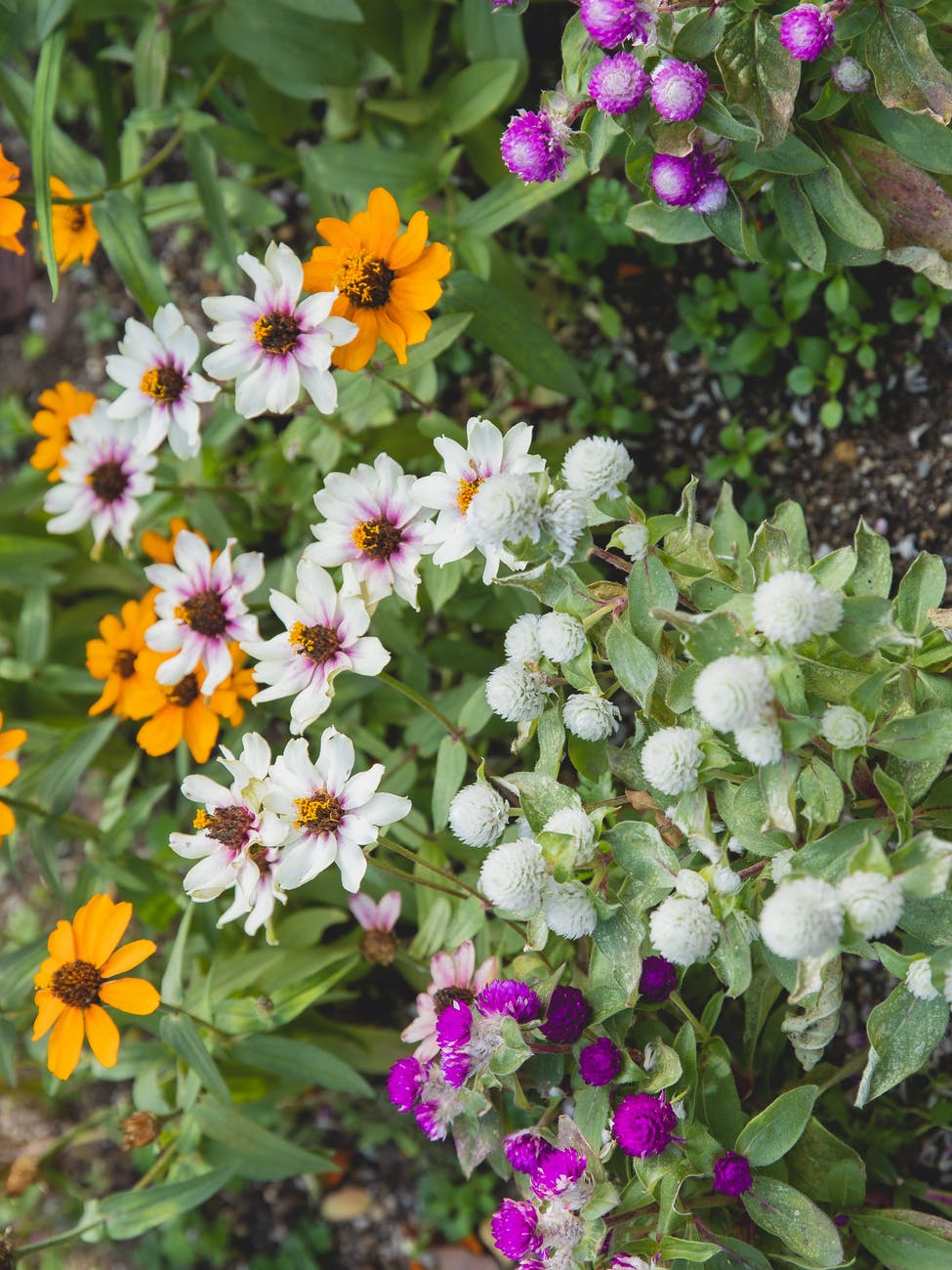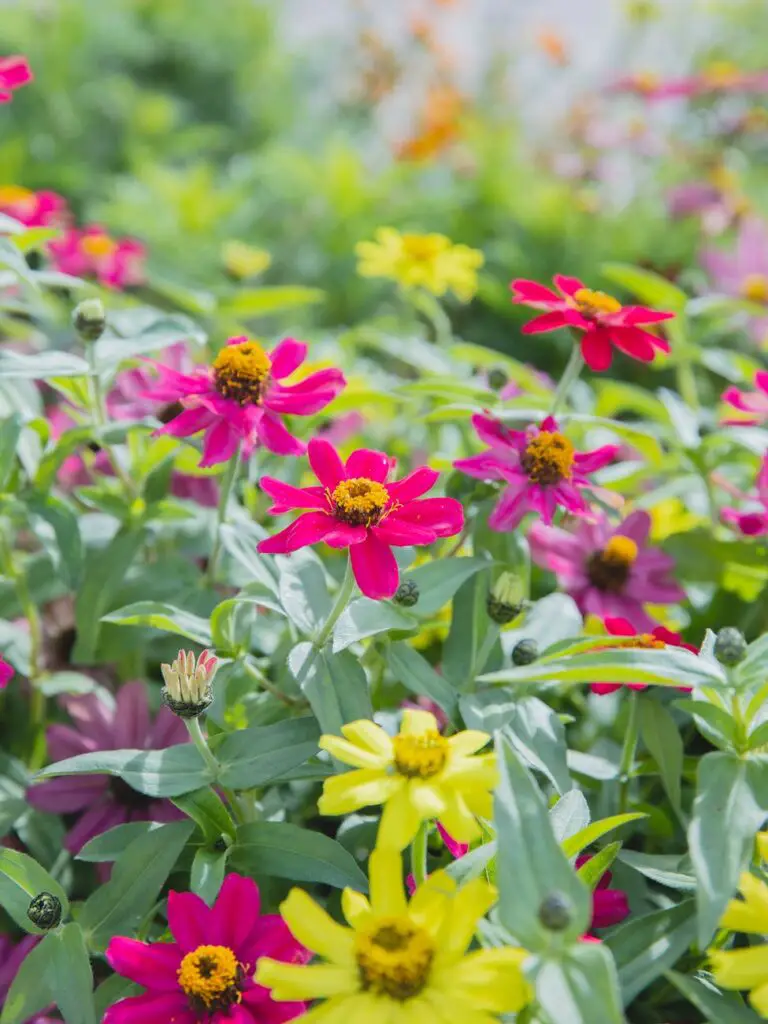Strangely enough, when we first got our cat, we started realizing how drawn she was to some of our indoor flowers. We didn’t think pets would be that interested in plants and foliage, especially when they had plates of meat and biscuits to enjoy. But we noticed it so much more when we got our dog because he was into everything, and it got us wondering why he was trying to eat certain plants and not others. More importantly, we wanted to determine if the things he liked were safe and non-toxic.
Throughout the course of this website, we’ve had a few shocks about what’s safe and what isn’t for dogs. For example, xylitol (a sweetener commonly found in sugar-free jams and jellies) is highly toxic and quickly kills a dog. Sometimes, the amount of food a dog eats in a short period can be dangerous and cause a life-threatening condition called dog bloat. It’s made us more aware of the things that our dog is sniffing around or chewing. A few weeks ago, we took our boy out for a walk in the countryside and came across some beautiful wildflowers that he was trying to bite. My partner recognized that some of them were zinnias, and it got us thinking: why is my dog eating Zinnia leaves?
What are Zinnia leaves?

Zinnias are annual flowers known for their brightly coloured petals, including pinks, yellows, purples, oranges, and others. They’re related to daisies (and they look familiar), and some have a single row of petals whilst others have double or one and a half petal rows.
According to the Gardener’s Path website, there are more than twenty species of Zinnia, and most of them grow in the wild. Only a few types appear in gardens. Zinnias have a single stem, and they have green-veined leaves that are almost oval-shaped.
Are Zinnia Leaves Poisonous to Dogs?
Good news! Zinnia plants aren’t toxic to dogs, and it’s OK if your pet eats the petals, the stem or the leaves. You may have to watch what’s been added to the plant or soil during growing, though, for example, fertilizers or chemicals, but this is the same with any plant and isn’t just specific to zinnias. Also, it’s worth remembering that whilst Zinnias aren’t poisonous, dogs can sometimes suffer from an upset stomach when they overeat something.
Why is My Dog Eating Zinnia Leaves?
Dogs are omnivores. It means they can eat a diet that’s both meat and plant-based. So, eating leaves isn’t as unusual as many think it is. Often dogs will eat specific plants or grass to vomit. This may be because a dog has an aching stomach or because they’re feeling discomfort in their gut. The American Kennel Club also writes that wild dogs eat leaves, too. It’s not just domesticated ones, so it’s something that looks hardwired into doggy DNA. The article also says that eating leaves can also be a sign of a nutritional deficiency in a dog’s diet or boredom. There’s also the possibility that an underlying medical condition could cause it. If you’re concerned about your dog eating zinnia leaves (or blooms), always speak to a veterinarian to rule out any medical causes.
Ultimately, dogs will eat all sorts of things—trash, poop, bark, carpet…., so it’s nice to report on this blog that zinnia leaves are non-toxic to dogs and that maybe your dog just likes snacking on them from time to time.

